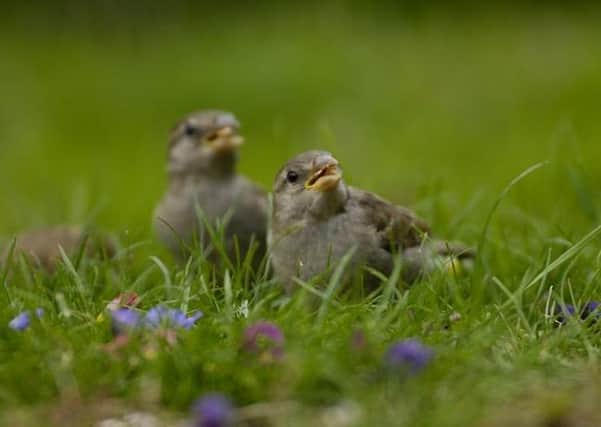What to do if you find a baby bird on the ground


Brad Robson, Site Manager at RSPB NI stated: “We’ve all been enjoying nature during lockdown and a lot more people are taking the time to discover the wildlife on their doorstep.
“At this time of year birds are busy raising their young, and it’s not unusual to find an awkward looking fledgling hopping around on the ground.
Advertisement
Advertisement
The most common fledglings we might see in our gardens are birds such as blackbirds which nest in shrubbery, robins which typically nest in ivy or hedges and finches which nest in trees.”
According to the charity, a fledgling is a young bird which is fully feathered and has left the nest.
Seeing one on the ground is not something to be concerned about. It will be learning to fly, and its parents will be keeping a watchful eye nearby.
Brad Robson added: “We receive a lot of calls and messages from concerned individuals who have lifted fledglings and brought them indoors, but this can do more harm than good.
Advertisement
Advertisement
Young birds leave the nest before they can fly and spend a few days on the ground, being cared for by their parents, until they are ready to spread their wings and fend for themselves. This is a natural part of growing up for young birds.
“Removing a healthy fledgling from the wild will cause the bird a great deal of stress, risks the parents abandoning their young and will reduce its long-term chances of survival.
“If you see a feathered young bird happily hopping around on the ground, it is best to keep your distance and leave it alone.”
There are a few exceptions when a helping hand might be needed.
Immediate Danger
Advertisement
Advertisement
If the baby bird is in immediate danger, such as in the middle of a busy path or road, gently place the bird somewhere safe close by such as under a hedge.
Injury
If a young bird has an injury contact your local vet or a wildlife rehabilitator.
Nestlings
If a baby bird is either un-feathered or covered in fluffy down, it is a nestling and has left the nest too early.
Occasionally it is possible to put these babies back in their nest, but only if the nest it has fallen from is clearly visible and it’s safe to do so.